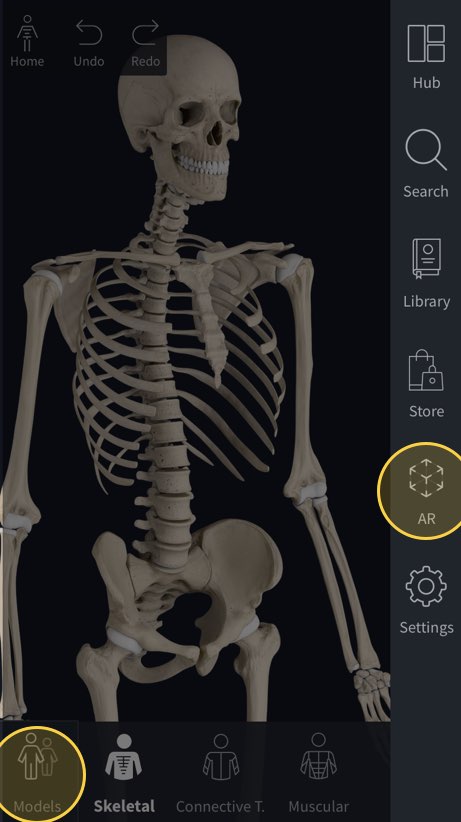
This is important to permit the conscious brain to work without being overbur-dened. Notice that these are all invol-untary that is, the cerebellum functions below the level of conscious thought. These include coordination, regula-tion of muscle tone, the appropriate trajectory and endpoint of movements, and the maintenance of pos-ture and equilibrium. As you already know, many of the functions of the cerebellum are concerned with movement. The cerebellum is separated from the medulla and pons by the fourth ventricle and is inferior to the occipital lobes of the cerebrum. The mid-brain is also concerned with what are called righting reflexes, those that keep the head upright and main-tain balance or equilibrium. Turning your head (ear) to a sound is an example of an auditory reflex. If you see a wasp flying toward you, you automatically duck or twist away this is a visual reflex, as is the coordinated movement of the eyeballs. Several different kinds of reflexes are integrated in the mid-brain, including visual and auditory reflexes. The midbrain extends from the pons to the hypothal-amus and encloses the cerebral aqueduct, a tunnel that connects the third and fourth ventricles. The many other neurons in the pons ( pons is from the Latin for “bridge”) connect the medulla with other parts of the brain. Within the pons are two respiratory centers that work with those in the medulla to produce a nor-mal breathing rhythm. The pons bulges anteriorly from the upper part of the medulla. Also in the medulla are reflex centers for coughing, sneezing, swallowing, and vomiting. You can see why a crushing injury to the occipital bone may be rapidly fatal-we cannot survive without the medulla. The medulla contains cardiac centers that regulate heart rate, vasomotor centers that regulate the diameter of blood vessels and, thereby, blood pressure, and respi-ratory centers that regulate breathing. Its functions are those we think of as vital (as in “vital signs”). The medulla extends from the spinal cord to the pons and is anterior to the cerebellum. QUESTION: Describe the extent of each lateral ventricle. Ventricles of the brain as projected into the interior of the brain, which is seen from the left side. Cere-brospinal fluid is the tissue fluid of the central nervous system its circulation and functions will be discussed in the section on meninges.įigure 8–7.

Each ventricle contains a capillary network called a choroid plexus, which forms cere-brospinal fluid (CSF) from blood plasma. The ventricles are four cavities within the brain: two lateral ventricles, the third ventricle, and the fourth ventricle (Fig.


 0 kommentar(er)
0 kommentar(er)
